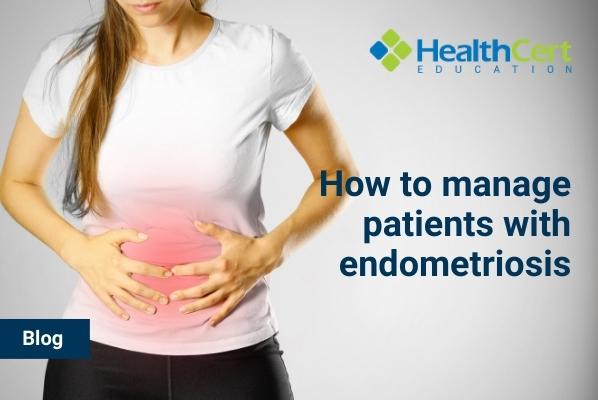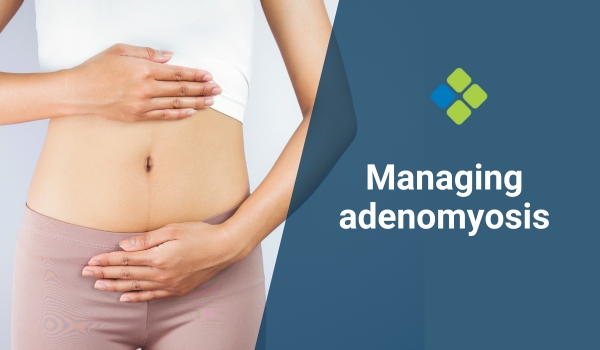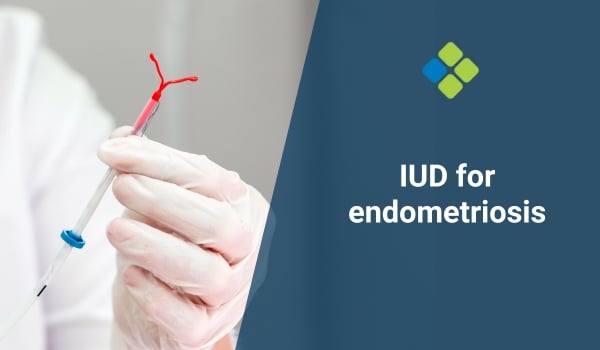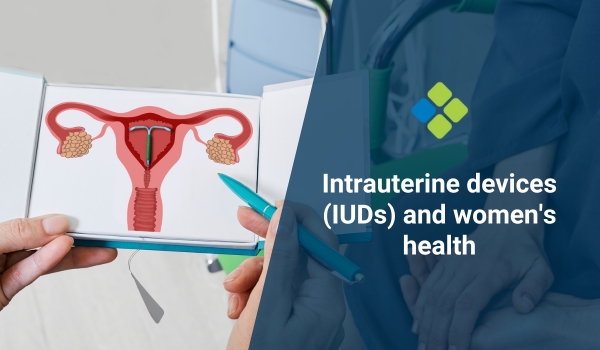How to manage patients with endometriosis
Often the first port of call for women with endometriosis is the GP; understanding symptoms, diagnosis and management is essential

HealthCert Education
Endometriosis is a common and often underdiagnosed condition affecting up to one in nine Australian women of reproductive age. Often the first port of call for women with endometriosis is the general practitioner; therefore, understanding the symptoms, diagnosis and management of this common condition is essential.
For further information on endometriosis, learn more about the HealthCert Professional Diploma program in Women's Health: fully CPD accredited online women's health training for GPs, quality-assured by Bond University.
Symptoms of endometriosis
Endometriosis is caused by the ectopic growth of endometrial tissue out with the uterus. The symptomatology of endometriosis is varied, and it can often be misdiagnosed as other conditions. The most common symptom is dysmenorrhoea or pelvic pain, which occurs alongside menses as ectopic endometrial tissue bleeds and sheds, causing inflammation and pain.
''Period pain'' is often considered ''normal''; therefore, many women do not present to the general practitioner with this symptom. Other symptoms include bladder or bowel disturbance, lethargy, dyspareunia and subfertility.
Investigations for suspected endometriosis
An accurate history is important in cases of suspected endometriosis, particularly in determining if symptoms occur with the menstrual cycle. Many women may not associate dysuria, painful bowel movements, diarrhoea or painful sex with the menstrual cycle. In addition, endometriosis is present in up to 40% of women who present with subfertility, so it is important to ask about this.
Any woman presenting with a history or symptoms suggestive of endometriosis should have a physical examination, including a bimanual examination. An examination may reveal other potential aetiologies of pain, such as pelvic inflammatory disease and ovarian or uterine pathology, such as fibroids. A normal examination with no abnormalities is a common finding in women with endometriosis; however, tenderness of the uterus, Pouch of Douglas or adnexa, or nodularity in the uterosacral ligaments are considered positive findings suggestive of endometriosis.
Other baseline investigations may include pregnancy testing, testing for sexually transmitted infections and urinalysis.
Further investigations may include transvaginal ultrasound or other imaging, which may aid in excluding other conditions such as adenomyosis and uterine fibroids; however, a definitive diagnosis of endometriosis can only be made via laparoscopy, where visual evidence of endometrial deposits can be seen. Many women with endometriosis do not proceed with diagnostic laparoscopy, and it is important for the general practitioner to inform women that trialling empirical management does not require a formal diagnosis.
Management of endometriosis
Empirical management of endometriosis should be commenced regardless of if there is a definitive laparoscopic diagnosis. Simple analgesia, such as non-steroidal anti-inflammatory drugs (NSAIDs) and paracetamol, can be effective in many women. In women not immediately desiring fertility, contraceptives such as the combined oral contraceptive pill, progestogen-only pill, and the levonorgestrel intrauterine device (IUD) reduce menstruation and, therefore, symptoms of endometriosis.
For women in which initial medical therapies commenced by the general practitioner have not been successful or where immediate fertility is desired, onward referral to gynaecology is indicated. Other hormonal treatments include gonadotrophin-releasing hormone (GnRH) antagonists may require expert input. Surgery, typically performed laparoscopically, aims to excise visible endometrioid deposits within the pelvis or abdomen. For some women, a hysterectomy is a second-line surgical option.
In summary, endometriosis is a common yet underdiagnosed condition affecting many women. It can often be successfully managed in primary care, with input from secondary care where appropriate.
– Dr Samantha Miller, MBChB
For further information on this topic, learn more about the HealthCert Professional Diploma program in Women's Health: fully CPD accredited online women's health training for GPs, quality-assured by Bond University.
References
- Royal Australian College of General Practitioners (2006). Endometriosis: An Update. https://www.racgp.org.au/getattachment/7a9cdd1f-386c-4ebc-9521-51309ee43c2e/attachment.aspx
- British Medical Journal (BMJ)(2022). Endometriosis. https://www.bmj.com/content/379/bmj-2021-068950
- Australian Government: Department of Health (2018). National Action Plan for Endometriosis. https://www.health.gov.au/sites/default/files/national-action-plan-for-endometriosis.pdf
- BJOG: An International Journal of Obstetrics and Gynaecology (2020). Prevalence and incidence of endometriosis in Australian women: a data linkage cohort. https://obgyn.onlinelibrary.wiley.com/doi/abs/10.1111/1471-0528.16447
- British Journal of General Practice (2021). Navigating possible endometriosis in primary care: a qualitative study of GP perspectives. https://www.ncbi.nlm.nih.gov/pmc/articles/PMC8340732/
- BMJ Best Practice (2023). Endometriosis. https://bestpractice.bmj.com/topics/en-gb/355

 1800 867 1390
1800 867 1390

